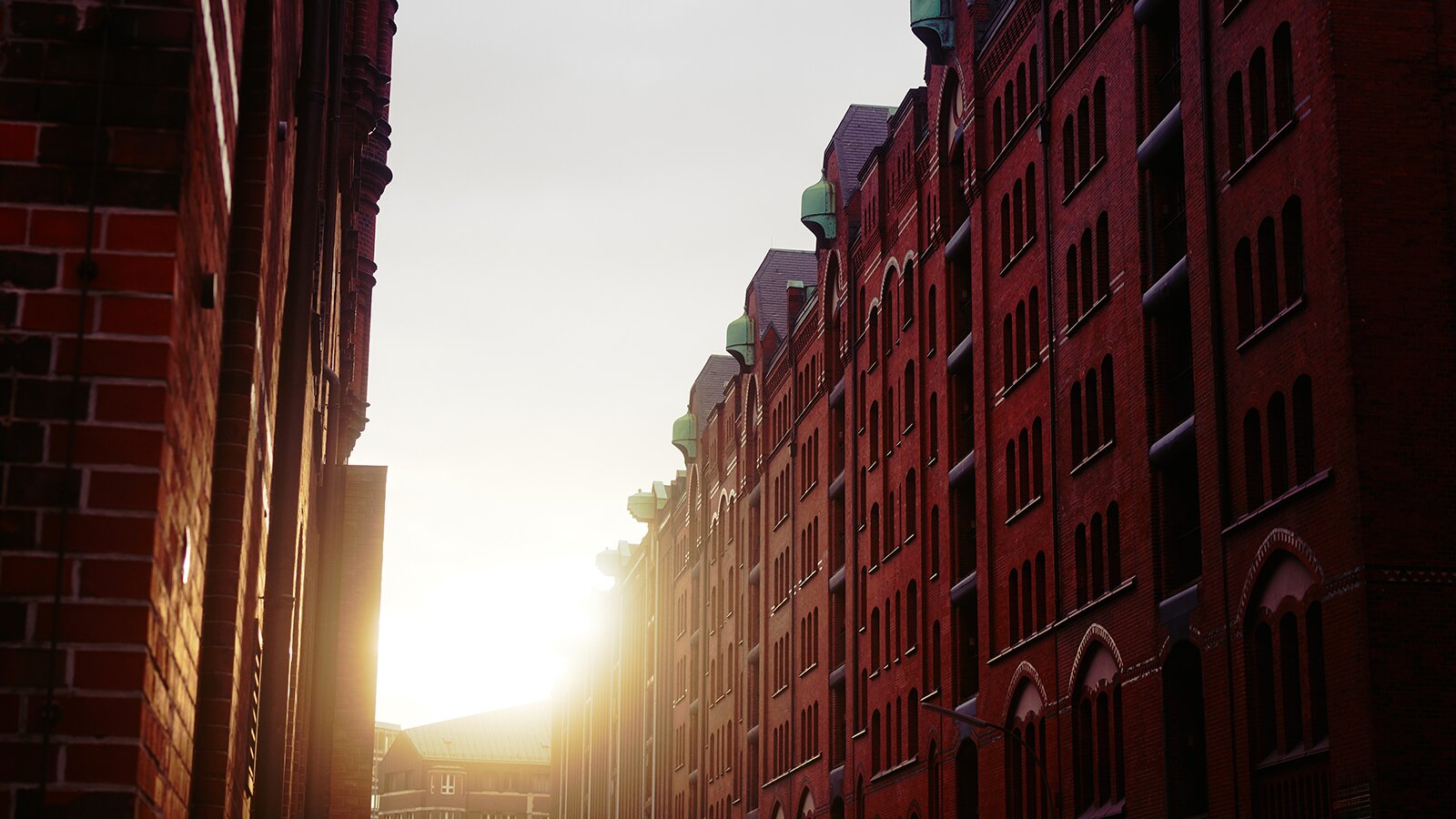Photophilia is used to describe the preference for daylight or bright light. It is the opposite of Nyctophilia, which means a preference for darkness or night. The term Photophilia is derived from the Greek words photos (light) and philia (love, preference). Photophilia, like Nyctophilia, varies from person to person. Some people might have a preference for warm, sunny weather, while others appreciate the tranquility and calmness of darkness and night.
People with photophilia feel particularly comfortable in well-lit environments, especially in sunlight, and often have a more positive mood when surrounded by bright light. The preference for daylight can have various reasons.
Mood-enhancing effect
Daylight influences the production of the hormone serotonin, which regulates our well-being, mood, and sleep. Sunlight can increase serotonin production, contributing to a feeling of happiness, increased activity, and higher energy levels. Moreover, sunlight can also regulate the production of the sleep hormone melatonin, leading to improved sleep-wake rhythms.
Energizing effect
Bright light can also boost energy and mental alertness, leading to photophilic individuals feeling more active and motivated.
Connection to nature
Sunlight is a crucial source of natural light and is closely associated with nature. People with photophilia may feel a special connection to nature and appreciate the positive aspects of a sunny day.

People react individually to light and darkness, and not everyone is equally sensitive to sunny or dark weather. While some people feel low on energy and have their mood affected on overcast days, there are others who have no particular issues with winter darkness and feel comfortable in all weather conditions. Interestingly, my parents are both such individuals and can't quite understand why I would prefer to bid farewell to the German winter.

Of course, I was familiar with the concept that plants have different light requirements. For example, my Monstera prefers bright but not direct sunlight, while my banana plant thrives in intense sunlight. In the bathroom, I have a Devil's Ivy that manages quite well with very little light.


For photos, it is undoubtedly true that better images are created with more light than with little light. This is simply due to the technical capabilities and light sensitivity of a sensor. I don't mean to imply that only with a lot of light can good photos be taken, but light undeniably makes photography easier.
Sufficient light enables better exposure of the image, a shorter shutter speed reduces the risk of blurriness, sunlight provides a natural light source with a broad color spectrum, more light allows for keeping the ISO setting low, which in turn leads to less image noise, autofocus systems work faster and more accurately with adequate illumination, and last but not least, sunlight allows for creative work like backlighting or playing with the contrast of light and shadows.
Light and the influence it has on uns humans is always a fascinating topic.
Where there is much light, the shadows are deepest.
Johann Wolfgang von Goethe

A little nerdy addition to the topic
Illuminance is usually measured in Lux, where one Lux is equivalent to one lumen per square meter. In general, for most everyday indoor activities, an illuminance of about 300 to 500 Lux is sufficient. For tasks requiring increased concentration, such as reading or desk work, an illuminance of about 500 to 1000 Lux is recommended. For fine detail work or tasks requiring very precise vision, such as in photography, an even higher illuminance of 1000 Lux or more may be necessary.
Outdoor illuminance varies significantly depending on weather conditions and the time of day. In tropical regions or areas near the equator, where sunlight is more intense, illuminance on a sunny day can reach up to 100,000 Lux. Higher values can also occur in areas with snow as sunlight is reflected by the white surface.
I took all of the photos for this article in Hamburg. A beautiful city, even in winter time when it's too dark for me.
